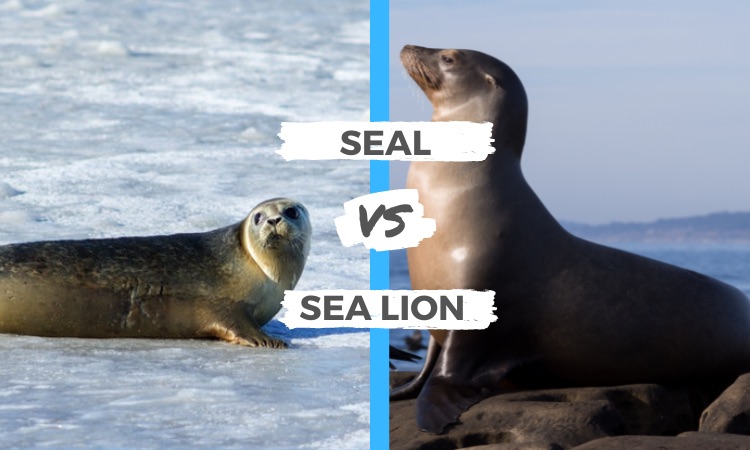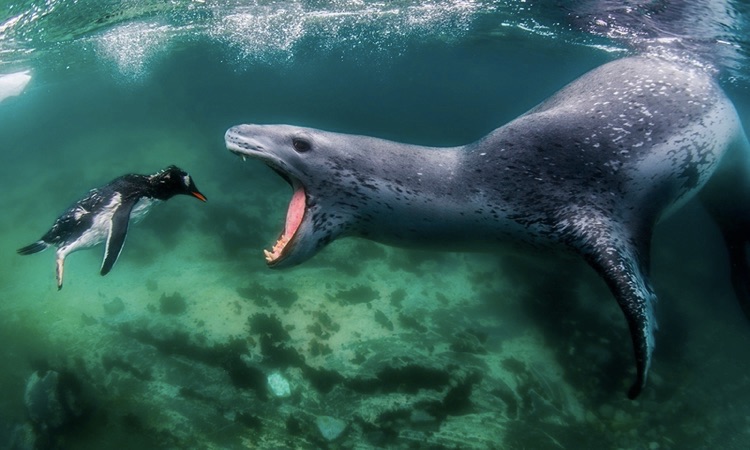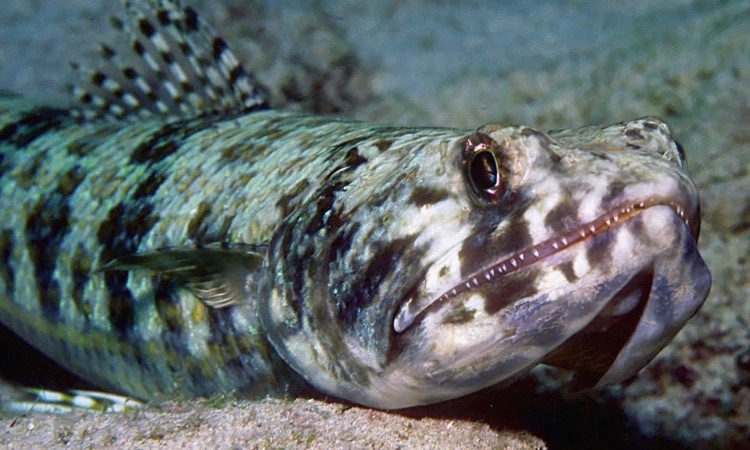The striped marlin is a fish most often found in tropical and temperate areas of the Indo-Pacific Ocean near the surface of the water. It is long and slender with a long dorsal fin, and goes by many nicknames including Stripey, Striper, Spearfish, and Spikefish.
Humans have been catching them for recreational and edible purposes for the last several decades. As a result, they have recently been included in the “seafood red list” as their numbers are declining rapidly in their natural habitat.
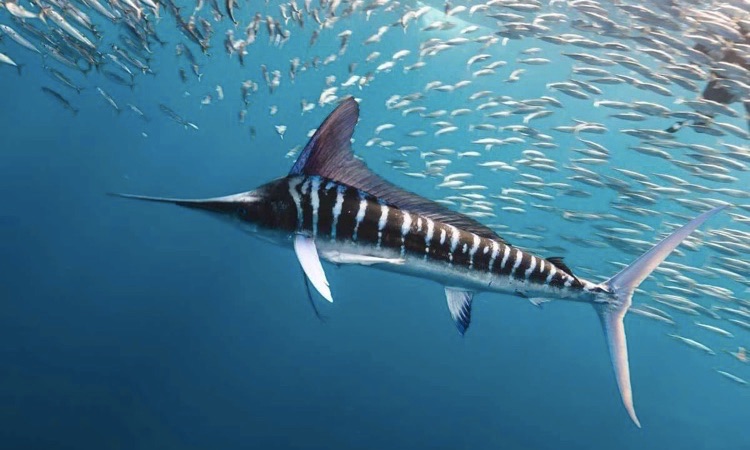
Quick Facts on the Striped Marlin
- The stripes of the fish will lighten from blue to a lavender or phosphorescent blue when they get excited
- The stripes on this fish are different than other marlin fish because they remain after the death of the fish
- They can pierce and damage wooden boats with their spear-like noses
- They mainly prey on sardines
Appearance
The striped marlin has between 42-48 rays on its first dorsal fin, which is almost as long or longer than the body itself. The second dorsal fin is significantly smaller in comparison. Additionally, they have torpedo-like and compressed bodies.
Even after death, they have around 10-20 visible bluish stripes on the sides of their bodies. The color of their upper bodies is dark blue or black, and the bottom portion is silvery-white.
On average, a striped marlin grows to be 2.9 meters (9.5 feet) long and can weigh up to 220 kg (490 lb). Its length record holder is 4.2 m (13.8 ft).
Habitat
If you want to see striped marlin, you’ll have to go offshore into waters that are at least 300 meters deep. You might be able to spot them near coastal areas with tall cliffs or drop-offs that lead down to deeper water, but they’re not often found in shallow water.
Marlins spend most of their day in deep waters. At night, they come to the surface to feed. During their spawning season, they travel to the central or southern Pacific Ocean off the coast of Mexico.
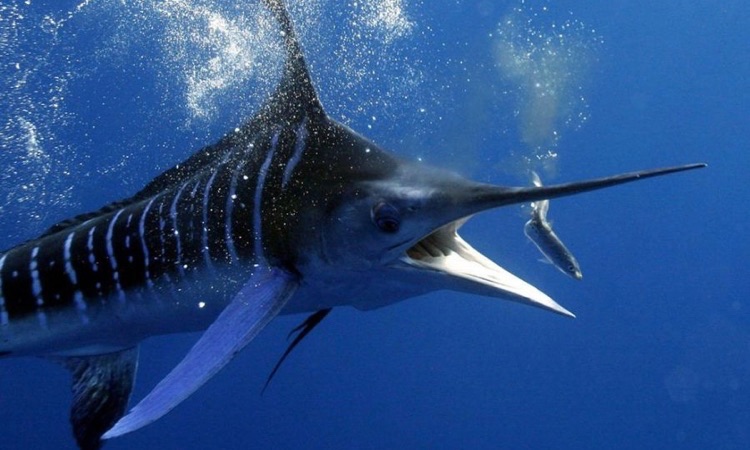
Distribution
Seahorses are found mainly in tropical and warm regions near the Pacific and Indian Oceans, but they also north to Oregon on the west coast of US. They’re often seen off the coasts of California, Mexico, Mozambique, Kenya, New Zealand and Ecuador.
Diet
These ravenous fish are top predators, attacking various smaller fishes and water animals such as jack mackerel, squids, sardines, anchovy, lancet fish, pilchard and tuna. They can be found hunting anywhere from close to the ocean surface down to 100 meters depth.
Behavior
This is one of the most dominant billfish species, with some interesting behavior patterns.
- These fish are loners and typically don’t live with other fish
- They school in small groups or schools during spawning season
- Their long spear isn’t just for hunting. It also comes in handy for defense
- They stalk their prey by lurking around areas where small fish congregate (bait balls)
Predators
They are hunted other large pelagic predators such as sharks and other large marlin. However, humans are their main predators. Striped marlin are popular in game and sport fishing. Humans also catch them for consumption as they are a very tasty fish.
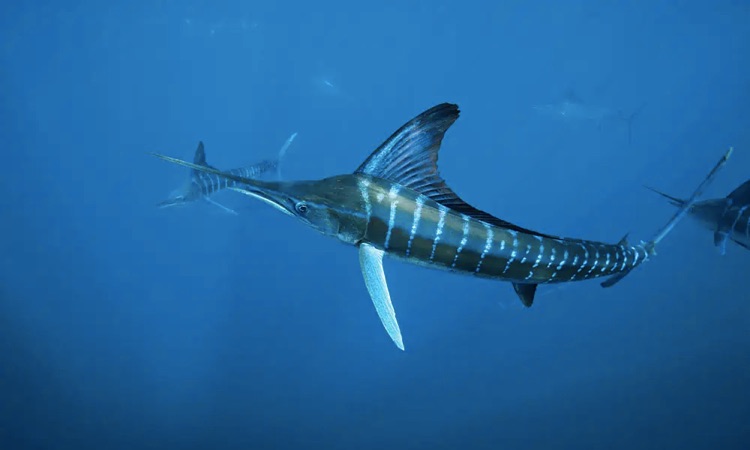
Lifespan and Reproduction
On average, striped marlins live for about ten years. They reach full maturity within 2-3 years of birth. However, males tend to mature more quickly than females.
Although they’re typically loners, during spawning season these fish will school off into smaller groups based on size.
These fish reproduce externally, which means that a female striped marlin will release millions of eggs during spawning, and then a male will fertilize them.
Female marlins lay hundreds of millions of eggs during spawning season, typically producing dozens of offspring per session.
Conservation Status
Though not appearing on the IUCN “Red List” of threatened species, Greenpeace International has included commercial game fish which encompasses striped marlin in their “Seafood Red List” for 2010. This is due to a decline in numbers from overfishing.
Many regions have now made it illegal to commercially fish for these fish. People who catch these fish for recreational purposes are being encouraged instead to throw them back into the water rather than consume or sell them.

